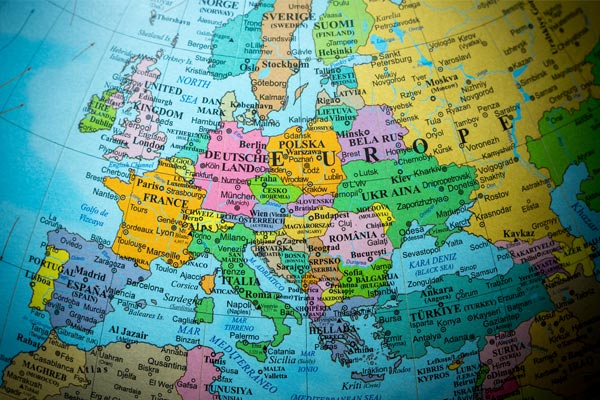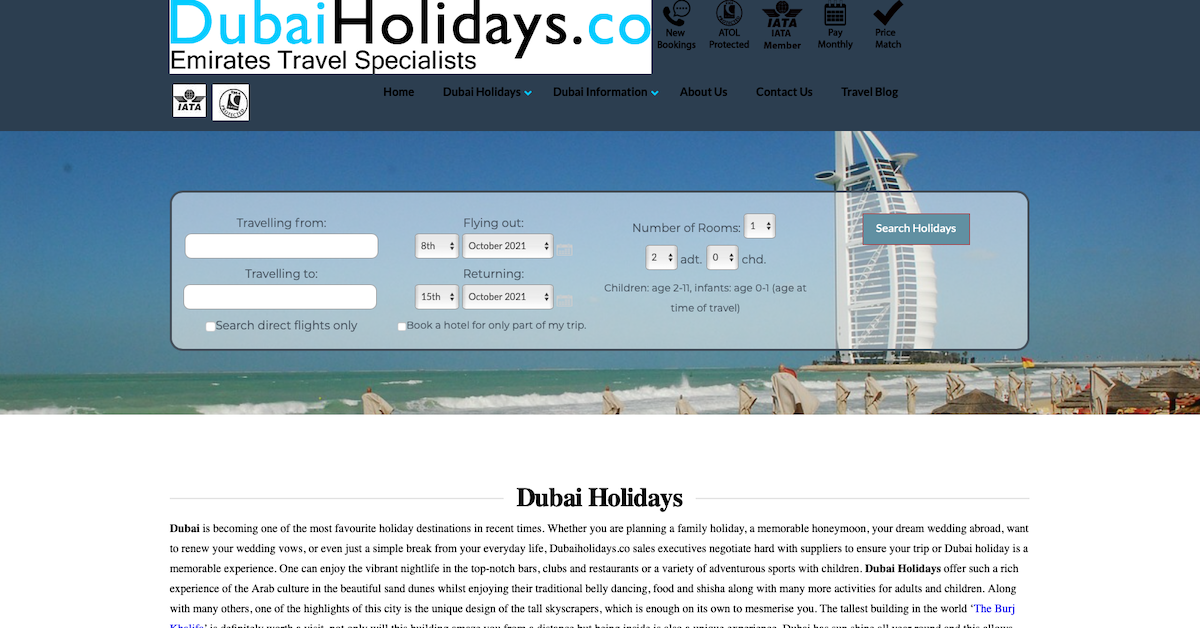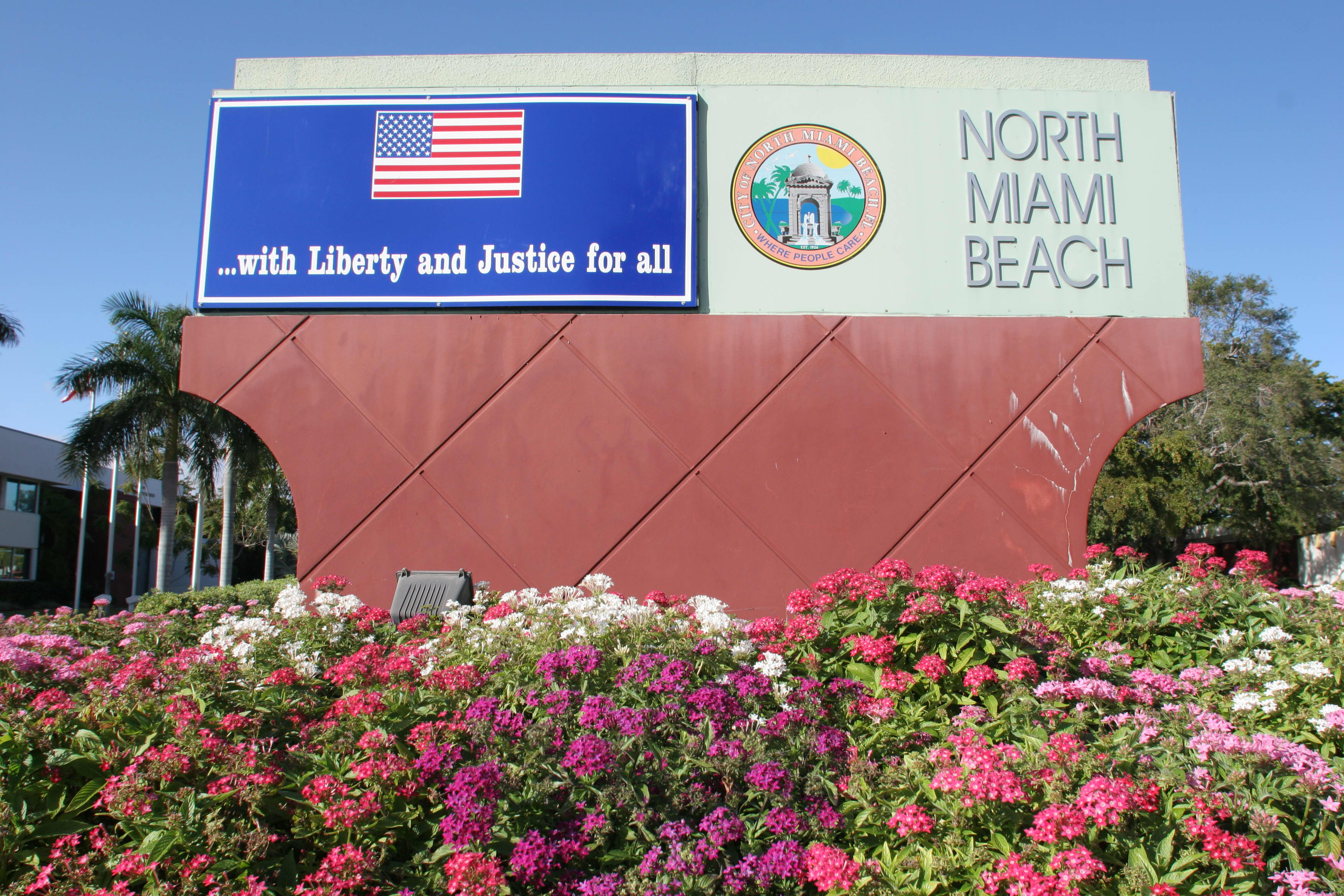Security and affordability key considerations for summer travel to Europe
Research from top long-haul markets revealed by European Travel Commission

Security and affordability have been raised as key considerations for potential travellers to Europe from long-haul markets this summer.
A study by the European Travel Commission (ETC) of 7,000 travellers from seven markets – Australia, Brazil, Canada, China, Japan, South Korea and North America – found 59% of respondents interested in overseas trips, 9% compared to pre-pandemic 2019.
While Europe remains a top destination choice, with 41% planning to visit this summer, the proportion is down 4% from 2019 levels.
More: Record numbers plan overseas holidays but many adapting behaviour as costs rise
‘Half of holidaymakers’ prepared to pay more for sustainable accommodation
‘Rational mind takes a back seat’ when considering holiday safety
Safety emerged as the top criterion for long-haul travellers when choosing a destination in Europe this summer.
Nearly half (45%) of respondents prioritise European destinations perceived as secure, up 9% compared to summer 2022 and 6% since last summer.
Quality tourism infrastructure is ranked second (38%), followed by a 7% resurgence in the appeal of iconic landmarks, from 29% in summer 2023 to 36% this summer.
Stable weather conditions is the top factor for 31% of respondents.
Convenience is also important, with 20% of travellers opting for destinations which can be reached by a direct flight and 20% preferring a place with good train connections to other places of interest.
Affordability remains a consideration for 23% of respondents, but has declined from 32% last year.
“This shift indicates that travellers are increasingly focusing on quality and safety, valuing a smooth travel experience over strict budget limitations,” the ETC said.
A growing desire for more immersive travel experiences also emerged, including greater interest in extended holidays with trips exceeding two weeks rising from 13% in 2019 to 21% in 2024. As many as 67% of long-haul travellers to Europe are opting for multi-country itineraries.
More than half (53%) of respondents reported being open to travelling to Europe during off-peak periods, attracted by potential cost savings and the opportunity to experience popular attractions more intimately.
Almost two-third (61%) gravitate towards destinations with well-developed infrastructure and renowned attractions.
Half of the respondents want to support local suppliers, while the remaining half prefer familiar accommodation, dining and shopping brands.
Findings by the ETC include:
China and Brazil show the strongest intention to visit Europe this summer, with 62% and 52% of travellers planning a trip, largely driven by more affluent individuals.Travellers from the US and Canada are showing a more cautious approach to European travel, with interest growing slightly since last year to 40% and 42% respectively.Australia and South Koreashow moderate enthusiasm, as interest sits at 37% and 35% respectively.Japan shows more limited interest at 19%, as travel recovery from the country continues to be slow.Across all markets, younger travellers (aged 18-24 and 34-49) and those with higher incomes show the strongest preference for European trips.ETC president Miguel Sanz, said: “We are seeing an increased interest in longer stays, allowing tourists to develop a deeper connection with the local culture and support the businesses that make each destination unique.
“In addition, the openness to off-season travel presents a golden opportunity to spread tourism more evenly throughout the year. This can help reduce peak periods’ social and environmental strain and better support destinations’ visitor economy.”

 Astrong
Astrong 

























.jpg?trim=0,0,0,0&width=1200&height=800&crop=1200:800)




